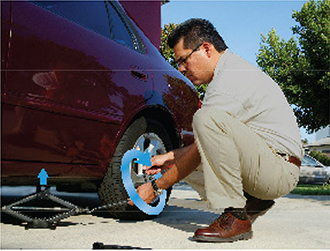Figure 6 Turning the jack handle allows the man to raise the car. The distance moved by the handle is much greater than the distance the car is raised.
Comparing and Contrasting How does the force exerted on the jack handle compare with the force exerted by the jack on the car?

Increasing Force
How is a machine able to increase a force? Study what is happening in Figure 6. Each complete rotation of the jack handle applies a small force over a large distance. However, each rotation lifts the car only a very short distance. Thus a small force exerted over a large distance becomes a large force exerted over a short distance.
Raising a car using a machine such as a jack is similar to moving a stack of books by picking them up one at a time. Lifting the books one at a time takes less force. But there's a tradeoff—the total distance traveled is much greater. If a machine increases the distance over which you exert a force, then it decreases the amount of force you need to exert.
Increasing Distance
Some machines decrease the applied force, but increase the distance over which the force is exerted. Look at the rowing shell in Figure 7. Each oar operates as a machine that pushes the boat through the water. The arrows show how pulling the end of each oar through a small distance moves the end of the oar in the water through a large distance. Increasing the distance the oar travels through the water helps you go fast. But again, there is a tradeoff. The increased travel of the oar through the water requires you to exert a greater force. A machine that decreases the distance through which you exert a force increases the amount of force required.
Changing Direction
Some machines change the direction of the applied force. An example is shown in Figure 7. Pulling back on the handle of the oar causes its other end to move in the opposite direction. So not only can machines change the amount of force and the distance the force acts through, but they can also change the direction of the force.
 Give an example of a machine that changes the direction of an applied force.
Give an example of a machine that changes the direction of an applied force.





